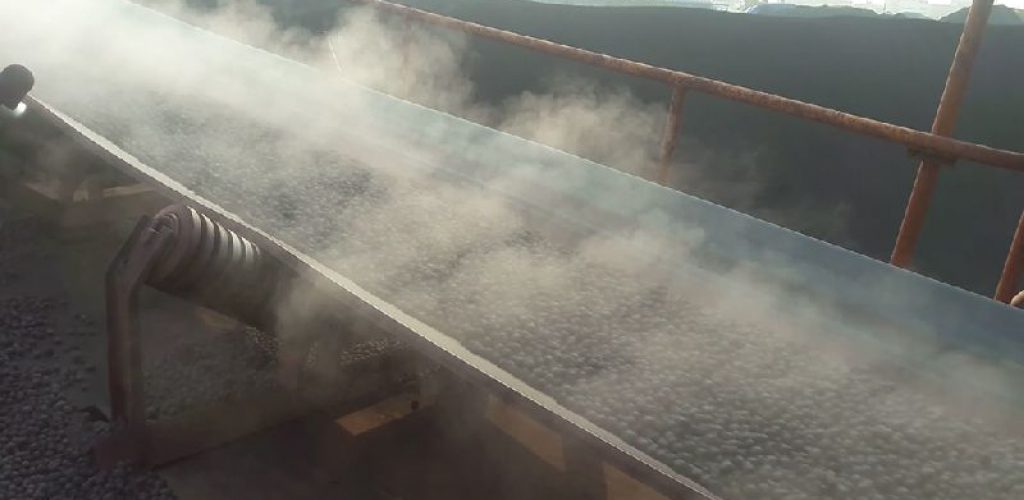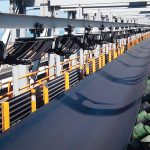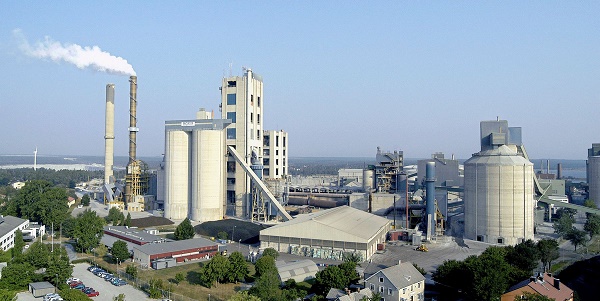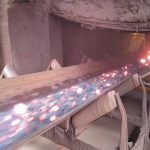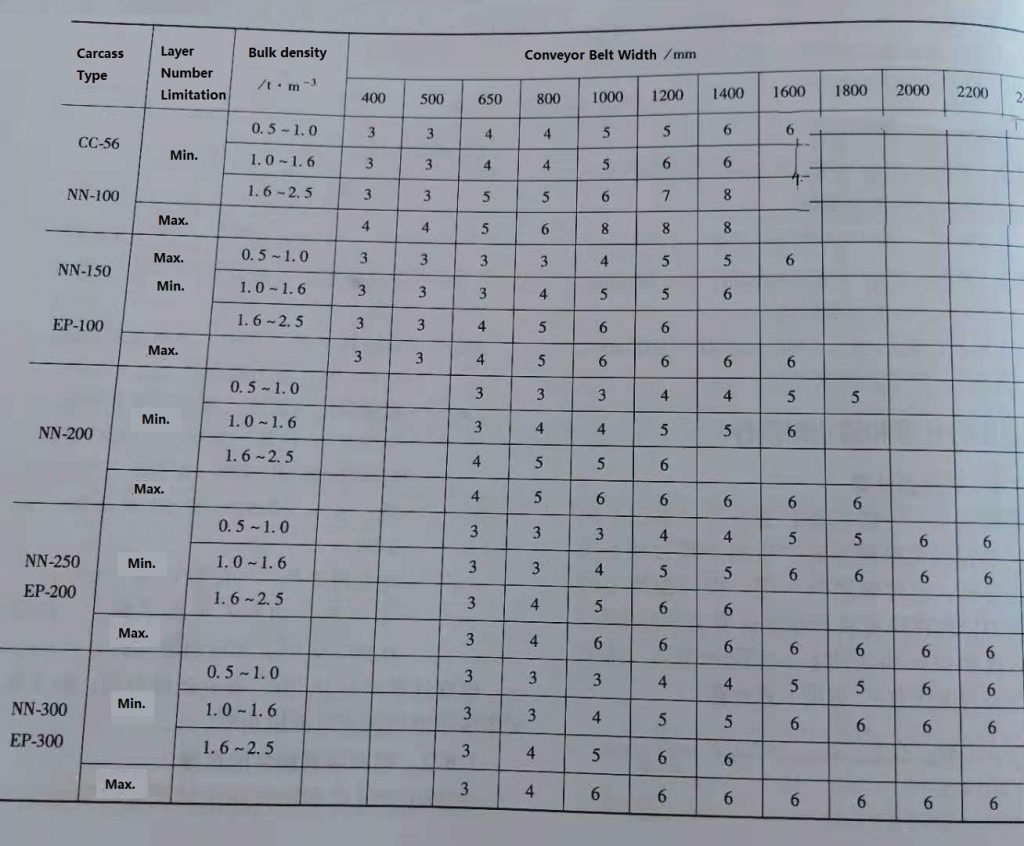The King of High Temperature Resistant conveyor belt— EPDM Conveyor Belt
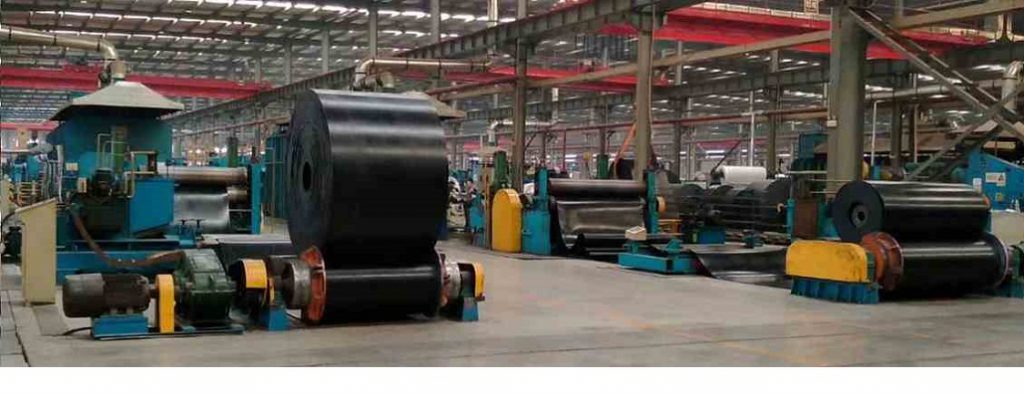
EPDM (Ethylene Propylene Diene Monomer) is a copolymer of ethylene, propylene and a small amount of non-conjugated diene. It is a kind of ethylene propylene rubber. Composition, only contains unsaturated double bonds in the side chain, so it has excellent aging resistance such as ozone resistance, heat resistance, and weather resistance, and can be widely used in automotive parts, waterproof materials for construction, wire and cable sheaths, heat-resistant hoses, rubber conveyor belts , Automotive seals and other fields.
Due to the physical properties of rubber, the heat resistance is very poor, but if combined with some chemical components, the heat resistance of rubber will be significantly improved. EPDM is one of the highest heat resistance grades. Its physical advantages are as follows:
(1) Excellent Heat and Aging resistance
Ethylene-propylene rubber has excellent weather resistance, ozone resistance, heat resistance, acid and alkali resistance, water vapor resistance, color stability, electrical properties, oil-filling properties and fluidity at room temperature. Ethylene-propylene rubber products can be used for a long time at 120°C, and can be used briefly or intermittently at 150-200°C. Adding suitable antioxidants can increase its use temperature. EPDM rubber cross-linked with peroxide can be used under harsh conditions. EPDM rubber can reach more than 150 hours without cracking under the conditions of ozone concentration 50pphm and 30% stretching.
(2) Low density and high filling
Ethylene-propylene rubber is a rubber with a lower density, with a density of 0.87. Adding fillers can reduce the cost of rubber products and make up for the high price of ethylene propylene rubber raw rubber. For ethylene propylene rubber with high Mooney value, the physical and mechanical energy of high filling is not much reduced.
(3) Corrosion resistance
Because ethylene propylene rubber lacks polarity and low degree of unsaturation, it has good resistance to various polar chemicals such as alcohols, acids, alkalis, oxidants, refrigerants, detergents, animal and vegetable oils, ketones and greases. ; But it has poor stability in fatty and aromatic solvents (such as gasoline, benzene, etc.) and mineral oil. The performance will also decrease under the long-term action of concentrated acid. In ISO/TO 7620, nearly 400 kinds of corrosive gaseous and liquid chemicals have collected information on the effects of various rubber properties, and specified 1-4 levels to indicate their degree of action, and the impact of corrosive chemicals on rubber properties. :

Grade Volume Swelling rate/% Hardness reduction value Impact on performance
1 <10 <10 slight or no
2 10-20 <20 smaller
3 30-60 <30 medium
4 >60 >30 severe
(4) Water vapor resistance
Ethylene-propylene rubber has excellent water vapor resistance and is estimated to be better than its heat resistance. In 230℃ superheated steam, the appearance of EPDM remained unchanged after nearly 100h. However, under the same conditions, fluorine rubber, silicone rubber, fluorosilicone rubber, butyl rubber, nitrile rubber, and natural rubber experienced significant deterioration in appearance after a short period of time.
(5) Superheated water resistance
Ethylene-propylene rubber also has better resistance to superheated water, but it is closely related to all vulcanization systems. Ethylene-propylene rubber with dimorpholine disulfide and TMTD as the vulcanization system, after being immersed in superheated water at 125°C for 15 months, the mechanical properties change very little, and the volume expansion rate is only 0.3%.
(6) Electrical performance
Ethylene-propylene rubber has excellent electrical insulation properties and corona resistance, and its electrical properties are better than or close to those of styrene-butadiene rubber, chlorosulfonated polyethylene, polyethylene and cross-linked polyethylene.
(7) Flexibility
Because there are no polar substituents in the molecular structure of ethylene-propylene rubber, the cohesive energy of the molecule is low, and the molecular chain can maintain flexibility in a wide range, second only to natural negotiable and butadiene rubber, and can still be maintained at low temperatures.
(8) Adhesion
Ethylene-propylene rubber lacks active groups due to molecular structure, low cohesive energy, and the rubber is easy to bloom, and its self-adhesiveness and mutual adhesion are very poor.
1. In terms of temperature resistance: Silicone rubber has better temperature resistance, EPDM rubber has a temperature resistance of 150°C, and silicon rubber has a temperature resistance of 200°C;
2. Weather resistance: Ethylene-propylene rubber is better weather-resistant, and the rubber itself is environmentally friendly, but in a humid environment, ethylene-propylene rubber is less likely to breed bacteria;
3. Shrinkage ratio expansion ratio: now the shrinkage ratio of silicone rubber cold shrink tubing is higher than that of EPDM cold shrink tubing;
4. Other aspects: Ethylene-propylene rubber has good ozone and high strength; high hardness and poor low temperature brittleness; silica gel has good elasticity and good low temperature performance; ordinary ozone, low strength!
Due to the excellent properties of EPDM rubber, it has excellent high temperature resistance, and theEPDM rubber conveyor belt can be used in high temperature material transportation environments such as cement plants, steel plants, sintering ore and coke plants.

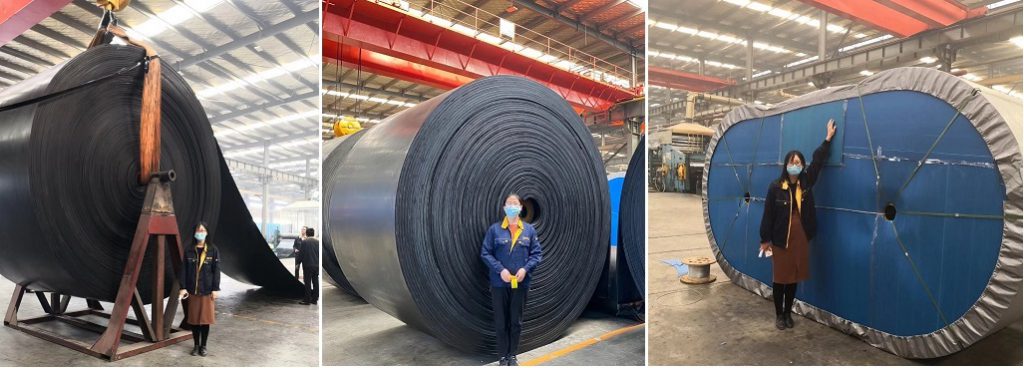
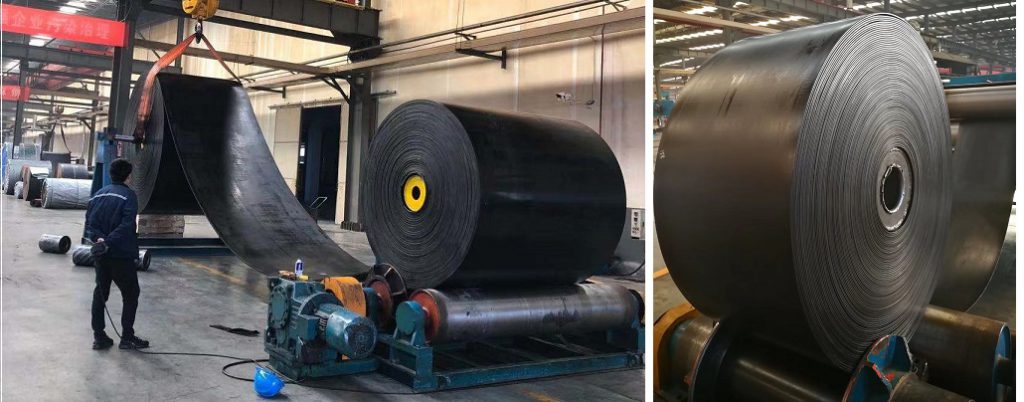
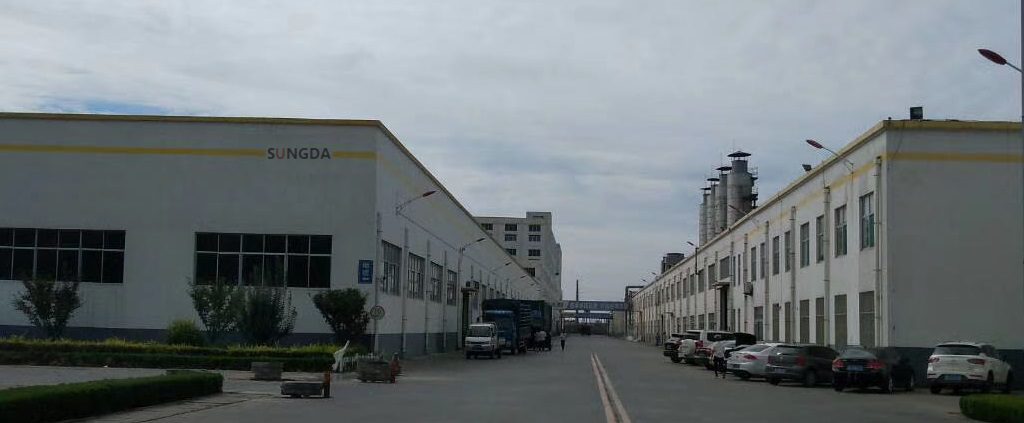
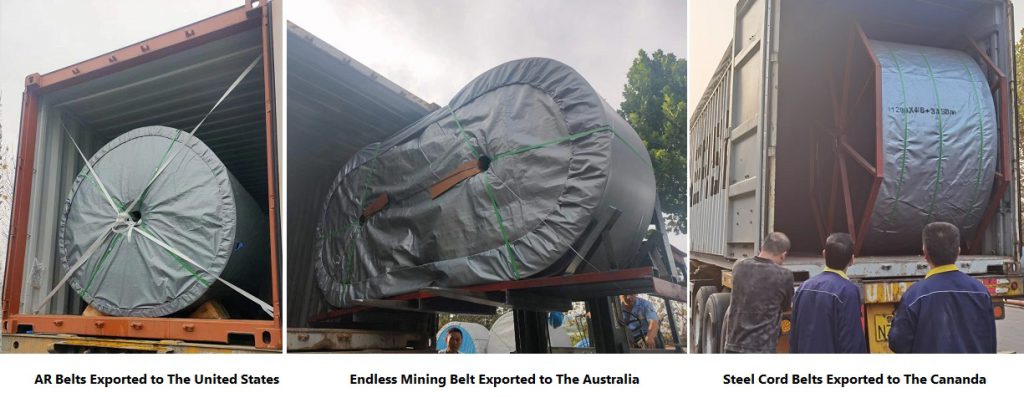
Tags: cement conveyor belt,EPDM,fire resistant conveyor belt,Heat resistant conveyor belt,HR CONVEYOR BELT



